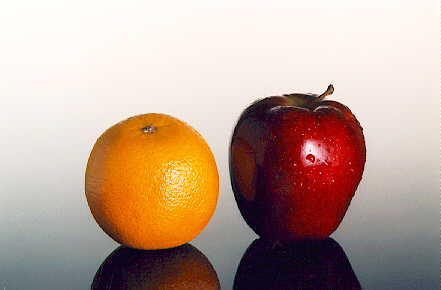Balance
Balance
There are two schools of balance: symmetry and asymmetry. While most designers, artists and creative folks much prefer asymmetry for its eye-catching nature, symmetry does have its place. Sometimes.
Balance refers to the distribution of visual weight in a work of art.
In painting, it is the visual equilibrium of the elements that causes the total image to appear balanced.
Balance can be either symmetrical or asymmetrical in a work of art.
Balance is the attainment of optical and psychological equilibrium in a design.
What is it?
The visual weight of an image. Balance can relate to symmetry, asymmetry or radial balance.
- Symmetrical Balance is an even placement of visual weight in the design.
- Asymmetrical Balance creates uneven spaces, a sense of imbalance making tension and a dynamic suggestion of visual movement. Asymmetrical balance refers to a psychological or "felt" balance. Space and shape don't need to be evenly dispersed on the page
- Radial Symmetry relates to images emitting from a point like spokes on a wheel or ripples from a pebble tossed into a pond.
Why is important?
People like balance; we are creatures of symmetry and appreciate it in everything. A design is like a real world building: it needs to be balanced or it doesn’t work.
How to achieve it
- Color: Colors have weight (Red = Heavy, Baby Blue = Light)
- Shape: Squares can be heavier than circles
- Lines: Thin vs. thick
- Size: larger=heavier
- Use elements to create stability or a sense of dynamic space.
Summary
- Balance is vital. A design can be ruined by poor balance
- Balance should not be 50/50 in a boring mathematical sense. Different elements should add up to balance.
Line Colour Shapes Space Texture Typography Scale/Size Dominance Balance Harmony Main

